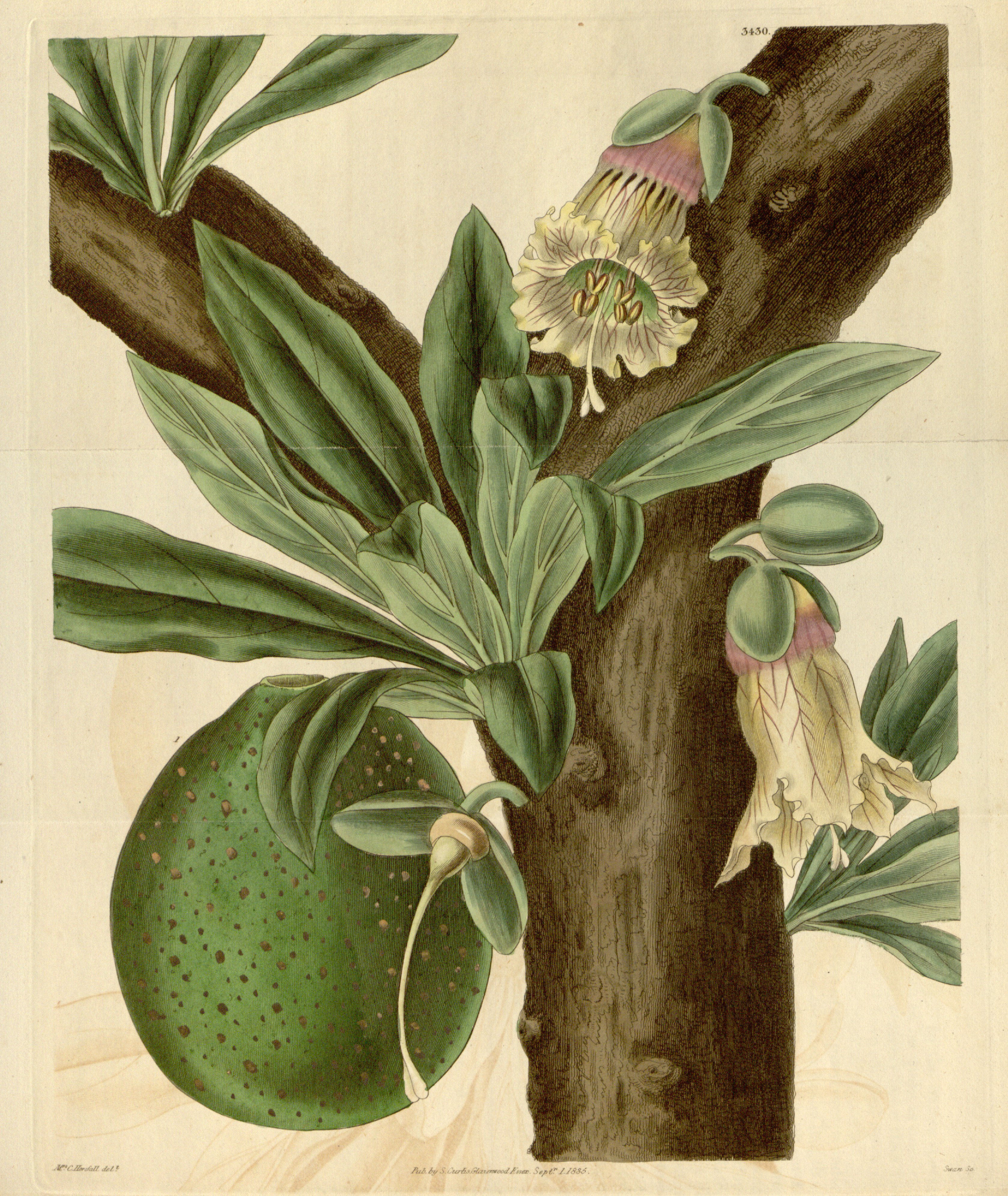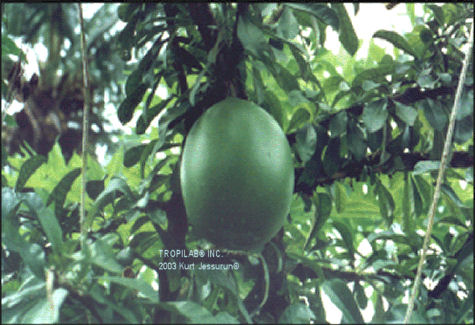Overview
 Calabash Forte is a natural support for colds, flu, sore throat and
(upper) respiratory tract infections.
Calabash Forte is a natural support for colds, flu, sore throat and
(upper) respiratory tract infections.
Used against asthma, bronchitis, colds and flu and helps expel mucus from the respiratory system; boosts
the immune system.
This is a natural product; no chemicals and preservatives are added.
Some studies have suggested that staph infections may respond well to treatment with Calabash.
Gastrointestinal disturbances are often treated with it (may cure dysentery and stomach aches). Intestinal
spasms often may cause pain and diarrhea, which may be lessened when using the Calabash Forte.
Constituents
 Licorice root (natural anti-allergic, anti-inflammatory and expectorant).
Brown sugar, spring water, alcohol (as a solvent), lemon, cecropia species, euphorbia hirta.
Licorice root (natural anti-allergic, anti-inflammatory and expectorant).
Brown sugar, spring water, alcohol (as a solvent), lemon, cecropia species, euphorbia hirta.
Calabash (Crescentia cujete); contains tartaric acid, cianhidric acid, citric acid cresscentic
acid tannins, beta- sitosterol, estigmasterol, alpha & beta amirina, estearic acid, palmitic acid.
Some studies yielded flavonoids quercetin, apigenin with anti-inflammatory, antihemorrahgic and anti-
platelet aggregation activities.
Phytochemical study of the fruit yielded eight new compounds, along with four known compounds,
acanthoside D, β-D-glucopransoyl benzoate, (R)-1-0-β-glucopyranosyl-1,3-octanediol.
Fruit yielded new 11-nor-iridoids: 6-O-p-hydroxybenzoyl-10-deoxyeucommiol, 6-O-benzoyl-10-deoxyeucommiol,
6-O-benzoyl-dihydrocatalpolgenine with two iridoids, ningpogenin and 6-O-p-hydroxybenzoylaucubin.
The fruit yielded saponins, flavonoid, cardenolides, tannins, phenol and presence of hydrogen cyanide.
High mean concentrations for manganese, iron, zinc and copper.
Pharmacology
Fruit considered aperient (constipation relieve), laxative, expectorant. Considered anthelmintic,
analgesic, anti-inflammatory, febrifuge.
Nutritive and Anti-Nutritive Composition of Calabash Fruit: pulp has high mineral concentrations;
sodium, highest; calcium, lowest, with high values of thiamine free from HCN toxicity.
Antibacterial: Crescentia cujete showed activity against S. aureus.
The ethanol extracts showed significant antimicrobial activity against Shigella dysenteriae, Bacillus
cereus, B. subtilis, B. megaterium and Staphylococcus aureus.
Bioactive Furanonaphthoquinones: Bioactive compounds showing selective activity toward DNA-repair-
deficient yeast mutants.
Applications
Cold, flu, respiratory tract infections, sore throat and whooping cough
(pertussis).
Dosage:
2 - 4 times a day one full teaspoon.
Not intended for long-term use.
Side effects and/or interactions
Do not use during pregnancy or while nursing unless under the supervision of
a health care professional.
Not suitable for diabetics; not to be used for children under 1 year of age.
The above presentation is for informational and educational purposes only.
It is based on scientific studies (human, animal, or in vitro), clinical experience, or traditional usage.
For many of the conditions discussed, treatment with prescription or over - the - counter medication is also
available.
Consult your doctor, practitioner, and / or pharmacist for any health problem and before using
dietary supplements or before making any changes in prescribed medications.
|

